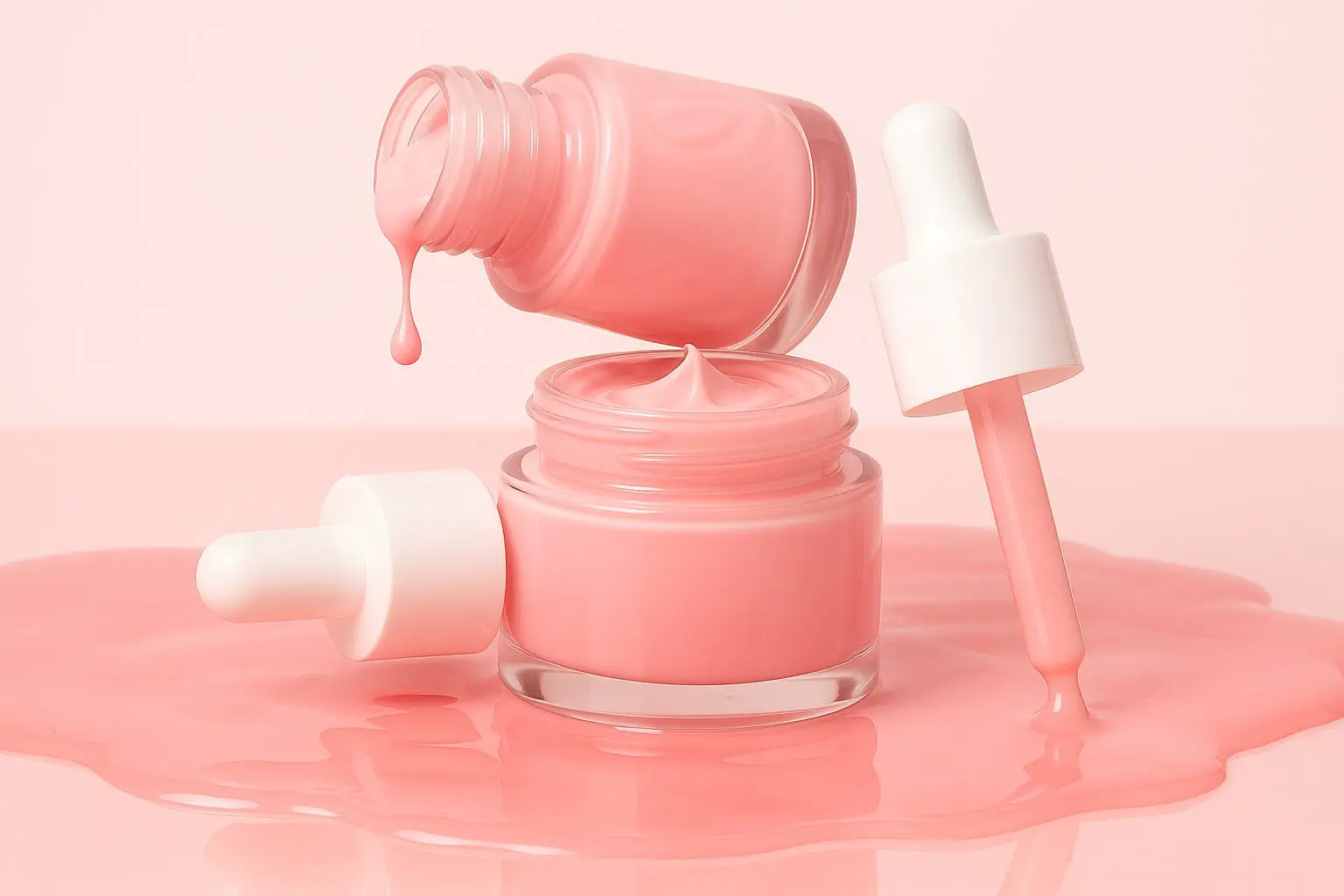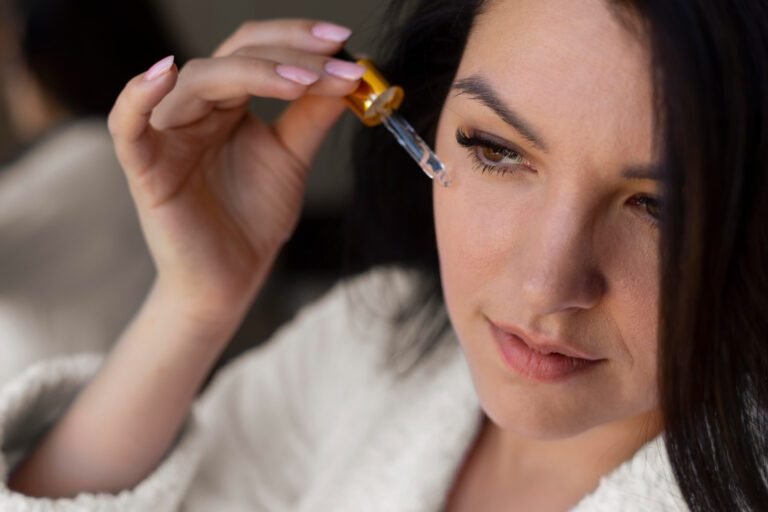In the fast-changing world of cosmetics, compliance and creativity now walk hand in hand. Consumers expect visible results, while the FDA demands safety and accountability. Because of this, chemists must understand exactly how the agency views cosmetic actives. Although the FDA doesn’t pre-approve most ingredients, its influence shapes every formula that reaches the U.S. market.
This article breaks down what “FDA-approved” really means, which ingredients qualify, and how modern formulation thrives under the new rules.
What “FDA-Approved” Actually Means
Many people still believe that the FDA approves every skincare ingredient before it hits shelves. However, that isn’t true. Instead, the FDA regulates cosmetics under the Federal Food, Drug, and Cosmetic Act (FD&C Act), which ensures that every marketed product remains safe, accurately labeled, and non-adulterated.
Manufacturers carry full responsibility for proving safety through toxicology data, documented use, and quality testing. Only two categories — color additives and OTC drug actives — require direct pre-approval. All other cosmetic ingredients must simply comply with established safety limits and documentation requirements.
In other words, the FDA sets the stage, but it’s the chemists who perform. A compliant formula depends not on prior approval, but on sound science, clear labeling, and traceable sourcing.
Color Additives: The Only Truly Approved Cosmetic Ingredients
Among all cosmetic materials, only color additives receive official FDA approval. Many are even batch-certified to verify purity and eliminate contaminants.
Approved colorants include:
- FD&C Blue No. 1
- D&C Red No. 7
- Iron Oxides
- Titanium Dioxide (also a mineral UV filter)
Each pigment appears in the Code of Federal Regulations (CFR) with specific concentration limits and usage permissions. For example, a red pigment allowed on lips might not be suitable near the eyes. Because of that, chemists must double-check every pigment’s approved area of use before production.
Moreover, labeling must clearly identify colorants—such as CI 77491 (Iron Oxides)—to meet regulatory transparency standards. When brands follow this process, they gain not only compliance but also consumer trust.
Sunscreen Actives: FDA-Regulated OTC Ingredients
In addition to colorants, sunscreens fall under FDA’s Over-the-Counter (OTC) category. That means chemists must adhere to specific monograph rules defining approved filters, safe levels, and claim wording.
Permitted sunscreen actives include:
- Zinc Oxide
- Titanium Dioxide
- Avobenzone
- Octinoxate
- Octocrylene
- Homosalate
Each filter is recognized as GRASE — Generally Recognized as Safe and Effective — when used within established concentration limits. However, several older UV filters are still under reassessment, so formulating teams should always stay up to date with FDA publications.
As sustainability grows more important, mineral-based filters such as zinc and titanium dioxide continue to dominate. They deliver high UV protection, align with reef-safe initiatives, and fit perfectly into clean-beauty narratives.
Common Cosmetic Actives Permitted in the U.S.
Even though most cosmetic ingredients aren’t pre-approved, many are CIR-reviewed (Cosmetic Ingredient Review) and recognized as safe when used correctly. These actives combine proven performance with excellent biocompatibility, making them essential for modern formulations.
CIR-validated actives include:
- Niacinamide (Vitamin B3): strengthens the barrier, balances tone, and reduces redness.
- Sodium Hyaluronate (Hyaluronic Acid): hydrates and smooths texture.
- Lactic & Glycolic Acids (AHAs): exfoliate gently and encourage cell renewal.
- Panthenol (Pro-Vitamin B5): soothes irritation and supports recovery.
- Sodium Ascorbyl Phosphate: offers stable antioxidant defense.
- Allantoin: calms dryness and restores comfort.
- Salicylic Acid: unclogs pores and refines skin (≤ 2 %).
Because these actives have strong clinical support, they give brands both regulatory confidence and powerful marketing credibility. Furthermore, their versatility lets chemists use them across multiple product types, from serums to cleansers.
Ingredients the FDA Restricts or Bans
To protect public health, the FDA bans several substances proven unsafe. These ingredients may cause irritation, systemic toxicity, or contamination — and therefore cannot appear in cosmetic formulations.
Prohibited materials include:
- Mercury compounds
- Chloroform
- Methylene Chloride
- Vinyl Chloride
- Bithionol
- Chlorofluorocarbons (CFCs)
Additionally, some substances allowed in other markets remain off-limits in the U.S. For example, hydroquinone is classified as a drug ingredient domestically, so it’s prohibited in standard skincare. Consequently, global brands must reformulate regionally to satisfy both American and international laws.
The Role of the CIR Expert Panel
The Cosmetic Ingredient Review (CIR) Expert Panel evaluates published research to determine safe ingredient usage. Their reports provide chemists with concentration limits, application guidance, and toxicology summaries.
For instance, in 2023 the panel reaffirmed that Alpha Hydroxy Acids (AHAs) remain safe under 10 % concentration and at pH ≥ 3.5. Because of that benchmark, global formulators align their AHA products with both U.S. and EU regulations, avoiding reformulation delays.
In short, consulting CIR findings early speeds product development and builds regulatory assurance long before launch.
MoCRA: The New Cosmetic Compliance Era
The Modernization of Cosmetics Regulation Act (MoCRA), enacted in 2022, significantly expands FDA authority starting in 2025. As a result, every cosmetic company must now register facilities, submit product lists, and maintain proof of safety.
To stay compliant, brands should:
- Assign a Responsible Person for FDA communication.
- Keep complete traceability and documentation for every raw material.
- Build safety substantiation files supported by data.
- Update packaging and labels to match FDA formatting rules.
Since MoCRA mirrors the EU system, early compliance gives brands a global advantage. Moreover, transparent documentation now functions as both a legal and marketing asset.
Best Practices for Chemists
To stay ahead, chemists must treat compliance as part of innovation rather than as an afterthought.
- Source verified raw materials with full COA, SDS, and allergen statements.
- Cross-check INCI names through the FDA’s Voluntary Cosmetic Registration Program (VCRP).
- Monitor CIR and FDA updates quarterly.
- Maintain precise pH and concentration ranges.
- Use clear ingredient lists with certified pigment labeling.
When these steps become habit, compliance naturally supports speed, consistency, and trust.
Innovation Thrives Under Regulation
Regulation doesn’t limit creativity—it defines its boundaries so innovation can grow responsibly. When backed by data, advanced technologies easily fit within FDA expectations.
For example, vegan PDRN, plant exosomes, and encapsulated peptides meet both ethical and safety standards while outperforming traditional actives. These breakthroughs prove that biotechnology can be both compliant and groundbreaking.
In fact, modern regulation now encourages sustainable innovation. By demanding traceability and safety data, it rewards companies that operate transparently.
The Future of Regulatory Beauty
The coming decade will continue aligning U.S. and international standards. Therefore, chemists should prepare for greater focus on:
- Nanomaterial risk analysis and eco-safety
- Verified microbiome claims
- Sustainable ingredient sourcing
- AI-powered digital traceability
Together, these shifts will redefine what “clean” truly means. Those who understand both formulation science and regulatory strategy will lead the next generation of trustworthy beauty brands.
Final Thoughts
In cosmetics, only colorants and sunscreens qualify as “FDA-approved,” yet everything else must remain FDA-compliant. When chemists use CIR-reviewed actives, maintain documentation, and design with MoCRA in mind, they ensure both safety and innovation.
Ultimately, transparency builds loyalty. When science drives formulation and compliance shapes creativity, brands create products that last.






